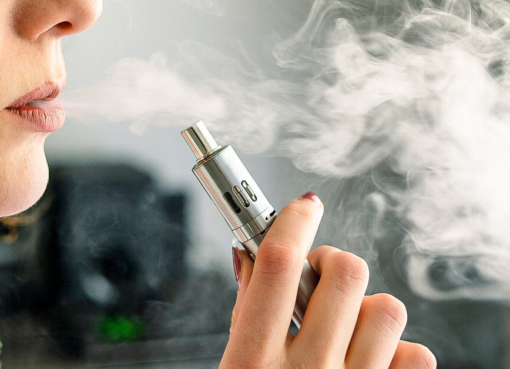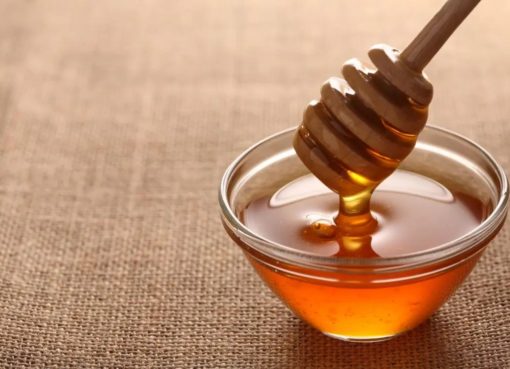Women often worry about vaginal discharge, which prompts many of them to visit their doctor. The word “vaginal discharge” refers to liquid or mucus from the vagina, which is expected unless uncomfortable sensations like itching or burning accompany it. Because numerous causes can have similar symptoms, most specialists advise being checked out to identify the problem.
Reasons For White Discharge
Are you wondering, white discharge kyun hota hai? The following are the reasons:
- Yeast or bacterial infection, trichomonas.
- The body’s response to a foreign substance (condom or tampon, spermicide, soap).
- Dryness of the genitalia, especially during intercourse, as well as watery spotting or other symptoms
Women with particular behaviours may be more likely to experience abnormal vaginal discharge.
- Douches,
- Daily use of sanitary pads
- Feminine hygiene sprays, powders, or rinses
- Fragrant bath products
- Constrictive synthetic apparel (e.g., thongs, synthetic underwear)
Healthy Behaviours Include:
- Wash your hands and genitalia with warm (not hot) water and an unscented, non-soap cleanser (not a washcloth).
- Avoid using feminine hygiene products or dousing yourself in water; consult a doctor if odour or discharge concerns you.
- Warm water baths are best; avoid hot baths with scented products.
- Wear cotton underwear; stay away from thongs and Lycra.
- After using the restroom, rinse your genitalia with water and pat them dry; do not use baby wipes or perfumed toilet paper.
Related Blogspot:
Is The Discharge From My Vagina Normal?
Under the influence of the female hormone oestrogen, skin cells of the vagina and cervix produce vaginal discharge. Due to decreasing oestrogen levels, menopausal women typically have slight vaginal discharge.
Premenopausal women typically have a daily vaginal discharge between 0.5 and 1 teaspoon in volume, white or transparent, thick, mucus-like, and essentially odourless. However, the quantity and regularity of the discharge vary from woman to woman. Throughout the menstrual cycle, the amount can also change.
For example, during pregnancy, while using birth control pills, patches, or vaginal rings close to ovulation and the week leading up to the menstrual period, it may become more apparent.
Discharge often includes bacteria, mucus and fluid produced by the vagina and cervix, as well as vaginal skin cells. The vulva may experience mild irritation from a typical discharge, which frequently has a faint odour. This discharge lubricates the vaginal tissues and protects the urine and vaginal tracts from infections.
When to Visit the Doctor For White Discharge Concern?
Vaginal discharge is regular and healthy. However, the following signs and symptoms of vaginal discharge are abnormal and need to be assessed by a healthcare professional:
- Pain during sexual activity or urination
- Redness, burning, tightness, or swelling of the vulvar skin
- Foamy or greenish-yellow discharge
- Bad odour
- Blood-tinged vaginal discharge
- Abdominal or pelvic pain
- Rash on the labia, vulva, or vaginal opening
Conclusion
Because vaginal discharge occurs naturally, one cannot prevent it. However, you can take precautions to lessen the likelihood of infections. If you want to know more about white discharge or anything related to your body, you can always reach out to ChhaaJaa.





